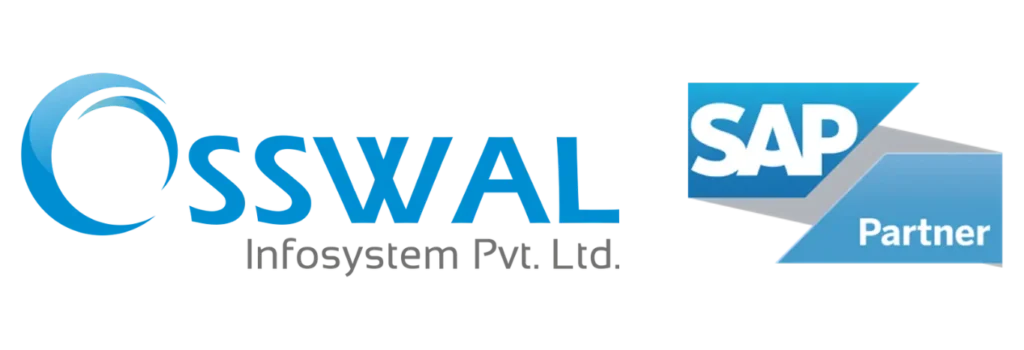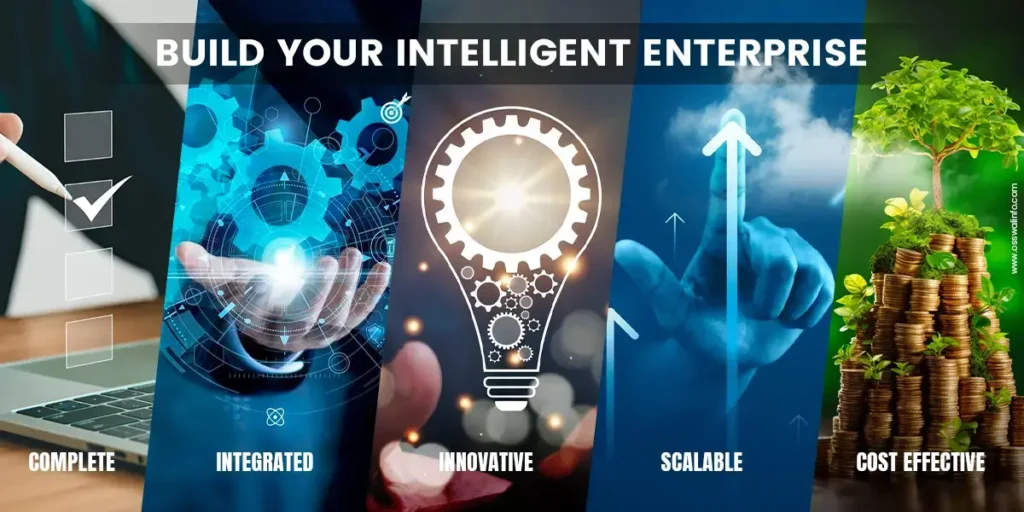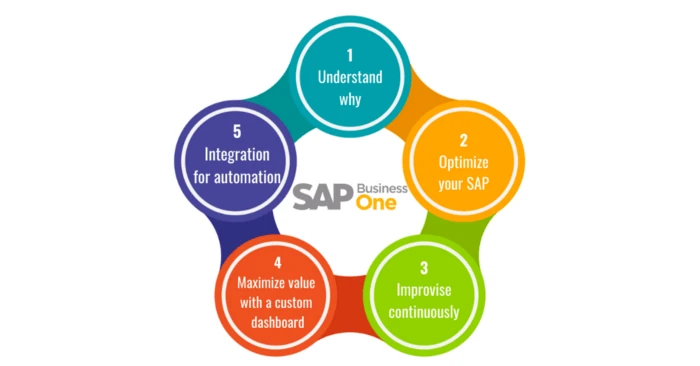SAP ERP Core Component (SAP ECC) is a popular on-premises ERP program that many big and mid-sized businesses use to manage almost all of their operations, logistics, and business processes. Organizations now face a migration issue as SAP S/4 HANA, which runs on-premises and in the cloud, is positioned to become SAP’s main ERP software.
What is SAP Enterprise Core Component (SAP ECC)?
SAP ECC is a modular on-premises ERP system introduced in 2004 that assists companies in managing their key business operations, monitoring their resources, and making data-driven choices. Numerous modules, including Finance (FI), Controlling (CO), Sales and Distribution SD, Human Capital Management (HCM), Materials Management (MM), Project System (PS), Production Planning (PP), and many more, are available to help simplify and improve routine company activities.
What is SAP S/4 HANA?
SAP S/4 HANA, abbreviated for “SAP Business Suite 4 SAP HANA,” was the first version of the SAP Business Suite to be released in 2015. It was the first to run only on the exclusive SAP HANA (High-Speed Analytical Appliance) database platform. It is a versatile ERP that may be used in a hybrid format, on-premises, or in the cloud. It is made to work with SAP’s intelligent enterprise framework and handle enterprises’ future digital transformation needs.
The Major Difference
With the help of SAP S/4HANA, SAP ECC features and procedures are revolutionized, lowering expenses and improving business productivity. Certain well-known elements have been modified, while others have been replaced or combined into cutting-edge features that better suit the changing needs of businesses.
Despite dominating the ERP market for years, SAP ECC is based on a conventional relational database technology. This may prevent it from fully utilizing the power of contemporary computing systems and limits its capacity to handle enormous volumes of data and complicated problems.
Conversely, SAP S/4 HANA offers many substantial enhancements that signify a noteworthy advancement in the ERP field:
- Speed and Performance
The in-memory database design of SAP S/4 Hana facilitates real-time data exchange and speeds up data processing. This leads to improved user experiences, faster response times, and near-real-time data analysis. The transition to an in-memory database, which streamlines procedures and lowers data redundancy, has profound effects on performance and scalability.
- User Experience
With its user-friendly interfaces, S/4 Hana excels. Despite being effective, the ECC interface sometimes feels outdated. The sleek, contemporary appearance of S/4 Hana promotes efficiency and user adoption while improving usability.
- Agility and Flexibility
Its streamlined procedures and streamlined data model provide quicker adaptation to shifting company requirements. It becomes easier to scale up or add new features, enabling your business to remain flexible in a changing market.
- Deployment Options
By providing cloud-based choices, SAP S/4 HANA increases the number of deployment options. Reduced IT overhead, simpler scalability, and fewer upfront expenses are all possible outcomes of cloud implementation. Companies can select a deployment model based on how well it fits their budget and strategic objectives.
- Integration and Commerce Connectivity
SAP ECC and SAP S/4 HANA strongly emphasize integration by highlighting their interoperability with various apps and systems. But thanks to its in-memory features, SAP S/4 HANA’s architecture makes integration easy. S/4 HANA’s capabilities in a connected environment are further expanded by its integration with sophisticated analytics and the Internet of Things (IoT).
Advantages of Choosing SAP S/4HANA
- Simplified data models.
- Continuous innovation and upgrades.
- Lower operational and ownership costs.
- Faster, smarter, data-backed decision-making.
- Automation and AI improve productivity and performance.
- Easy integration with SAP ECC, SAP B1, and other SAP products.
- Infrastructure management outsourcing results in an ease of IT complexities.
- Enhanced accessibility and collaboration from any device, anywhere.
- Cost reductions by pay-as-you-go pricing and avoiding hardware investments.
- Strong cloud security measures have improved data security and compliance.
Understanding the fundamental differences between SAP releases highlights the advantages of moving to SAP S/4HANA and the need for a seamless migration process. SAP expects to stop supporting previous versions by 2027, which makes the S/4HANA transformation necessary. The benefits include a lower total cost of ownership, better performance, and an improved user experience.
Establishing the Basis with Enterprise Architecture for SAP S/4HANA
Creating a digital transformation roadmap and thinking about working with a managed services provider with experience in SAP and other cloud suppliers are essential steps in laying the groundwork for S/4HANA. This can reduce expenses, expedite planning and development, and lessen business disruptions.
Osswal Infosystem has been an industry leader in SAP consultation, migration, and implementation services. We specialize in SAP S/4 HANA and SAP B1 deployment end-to-end.



